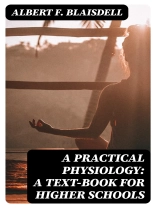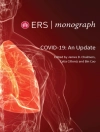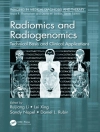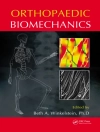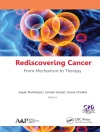Albert F. Blaisdell’s ‘A Practical Physiology: A Text-Book for Higher Schools’ serves as a comprehensive guide to the study of human physiology, offering a detailed exploration of the functions of the human body. Blaisdell’s writing style is clear and concise, making complex scientific concepts accessible to readers of all levels. The book is structured in a way that facilitates learning, with engaging illustrations and practical exercises included to enhance understanding. As a textbook for higher schools, Blaisdell’s work is a valuable resource for students and educators alike, providing a solid foundation in the field of physiology. The inclusion of real-life examples and applications of the principles discussed further enhances the book’s relevance in the academic setting. Albert F. Blaisdell’s expertise in the subject matter shines through in this meticulously researched and well-presented volume, making it a must-read for anyone interested in delving into the intricacies of human physiology.
लेखक के बारे में
Albert F. Blaisdell, a prominent figure in the late 19th and early 20th-century educational literature, made significant contributions to the field of physiology with his scholarly works predominantly designed for school instruction. His comprehensive treatise, ‘A Practical Physiology: A Text-Book for Higher Schools’, is a testament to his commitment to education and his expertise in the study of human body functions. Blaisdell’s literary style is characterized by its clarity and practicality, rendering complex physiological concepts accessible to students and educators alike. While detailed biographical information on Blaisdell remains relatively obscure, his legacy is preserved through his meticulous approach to educational content. At a time when scientific knowledge was rapidly advancing, Blaisdell’s work played a crucial role in incorporating contemporary understandings of physiology into the classroom. His textbook, often celebrated for its didactic approach, served not only as a vital resource for students but also as a reference for teachers keen on enhancing their pedagogy. Although his broader literary corpus is less commonly discussed, Blaisdell’s influence in shaping science education during his era is nonetheless acknowledged by scholars who delve into the history of educational literature and its evolution at the turn of the century.
